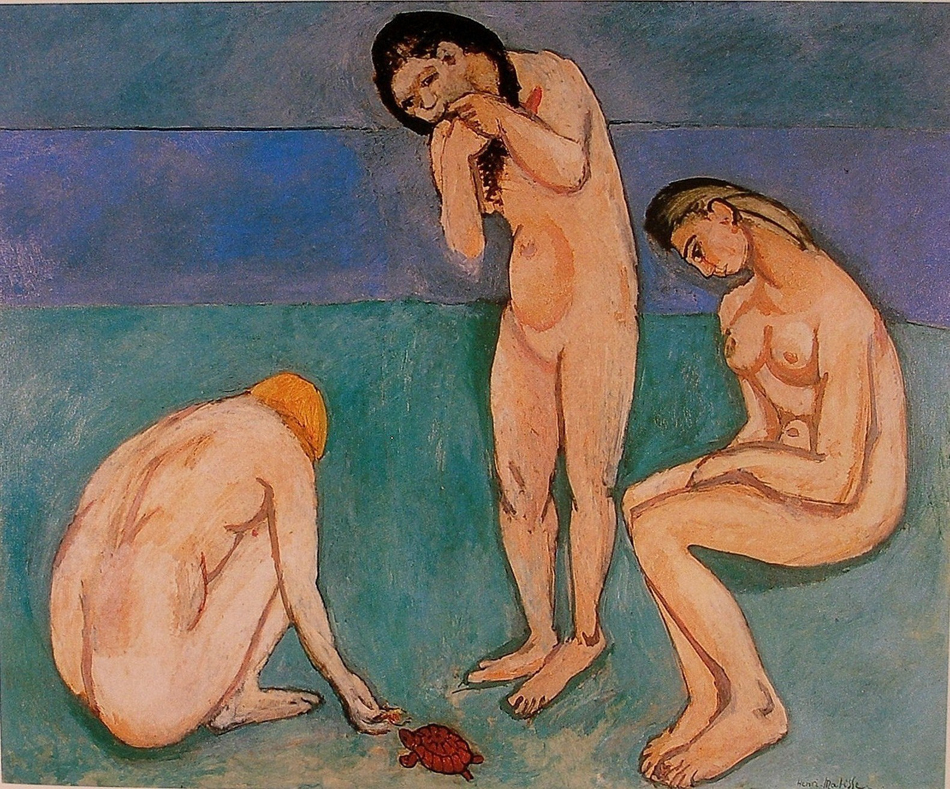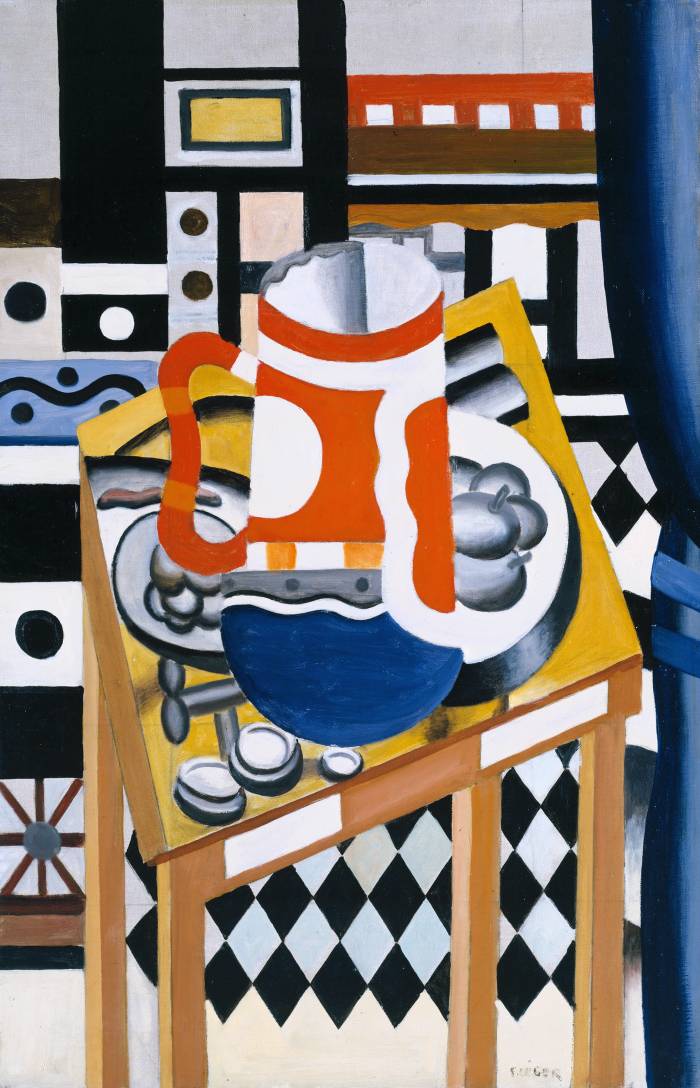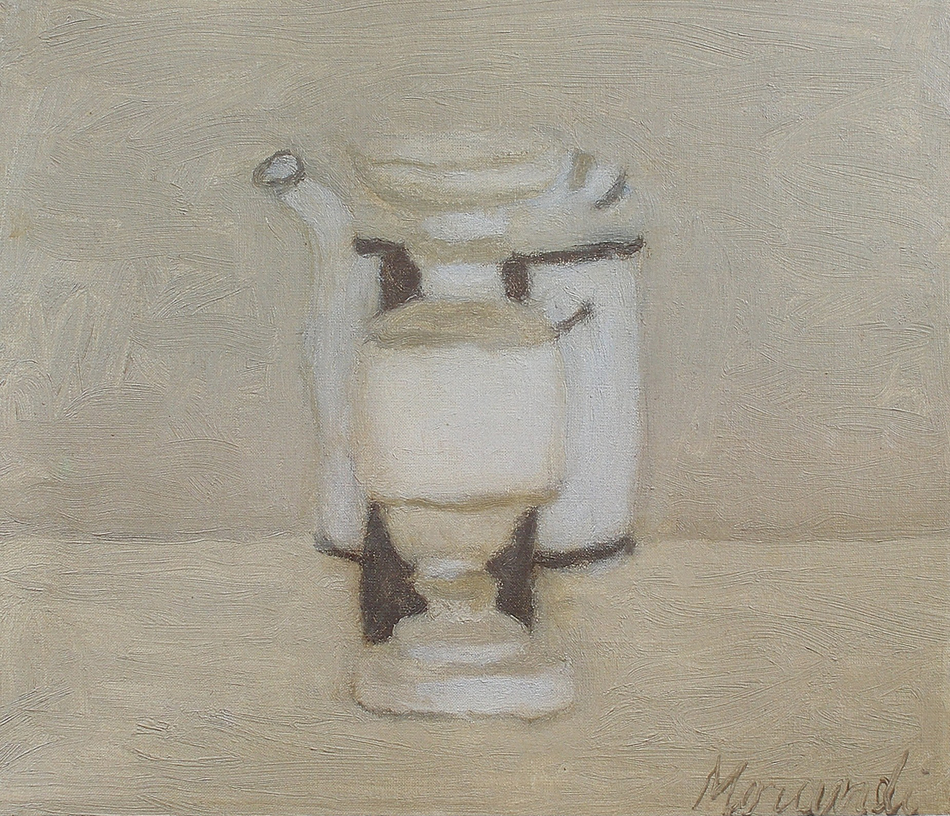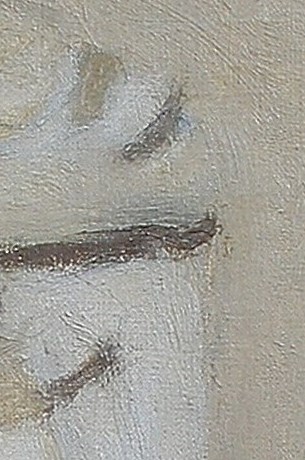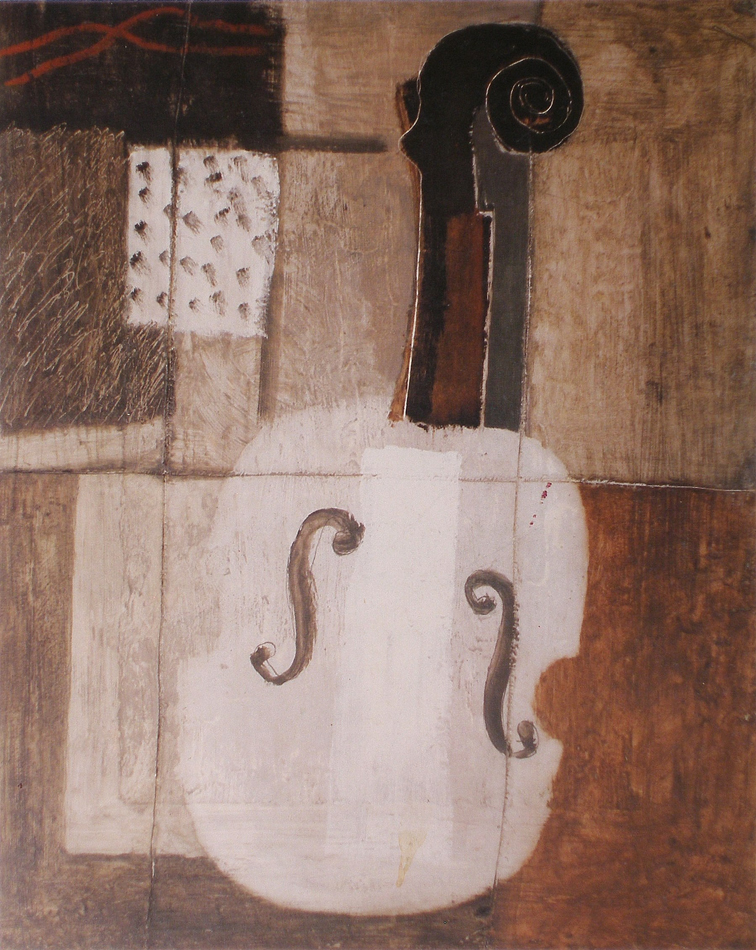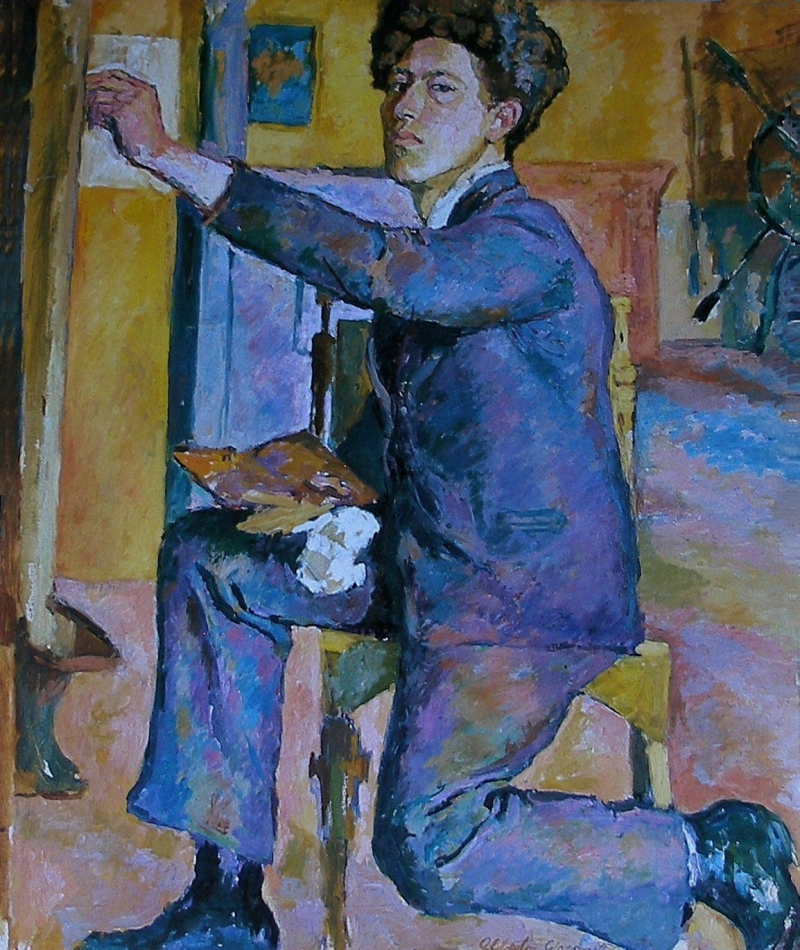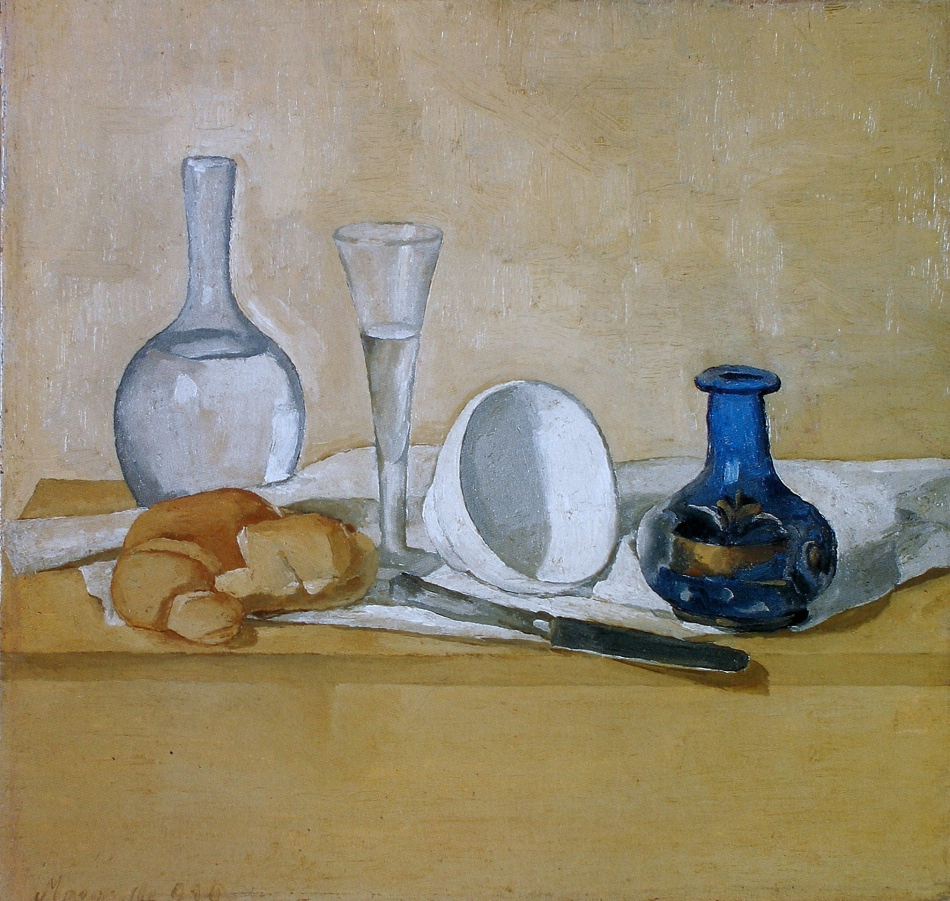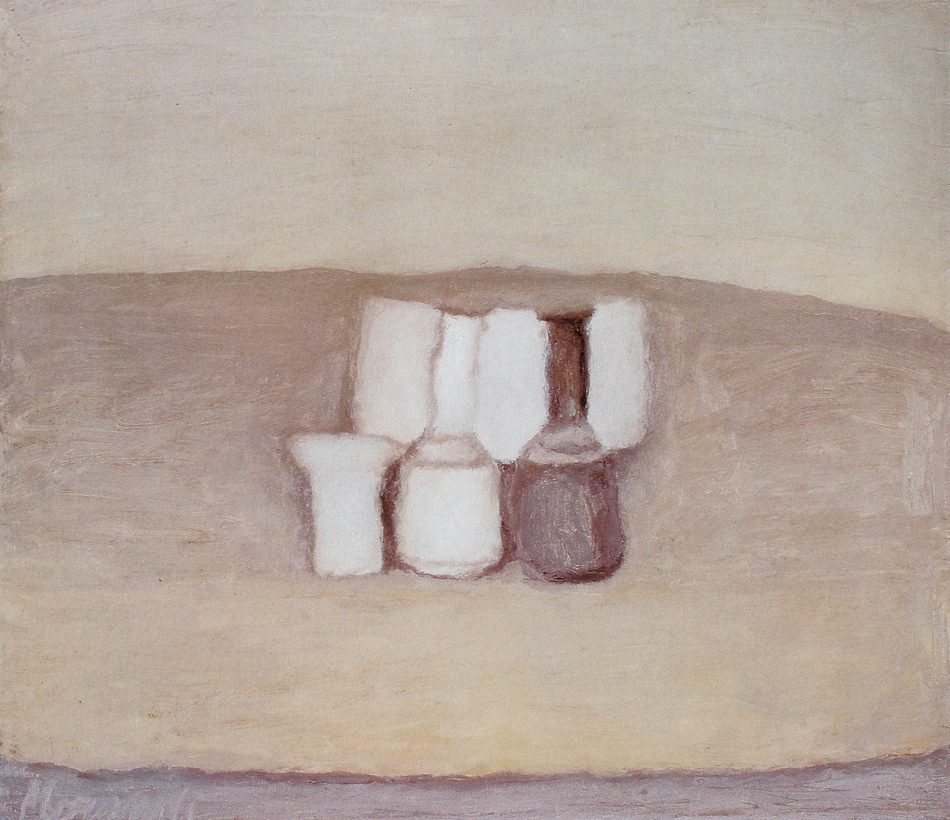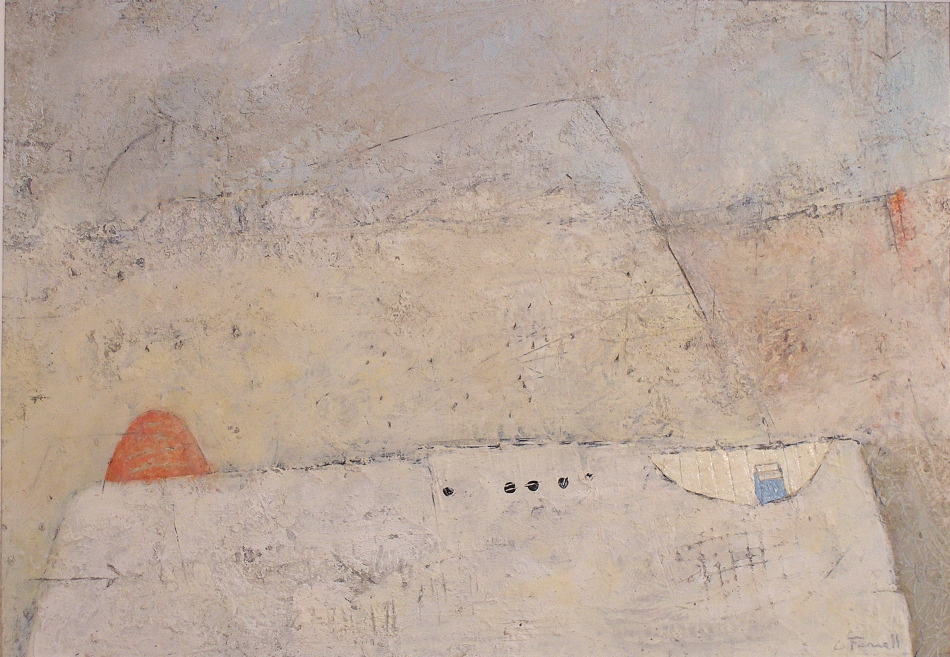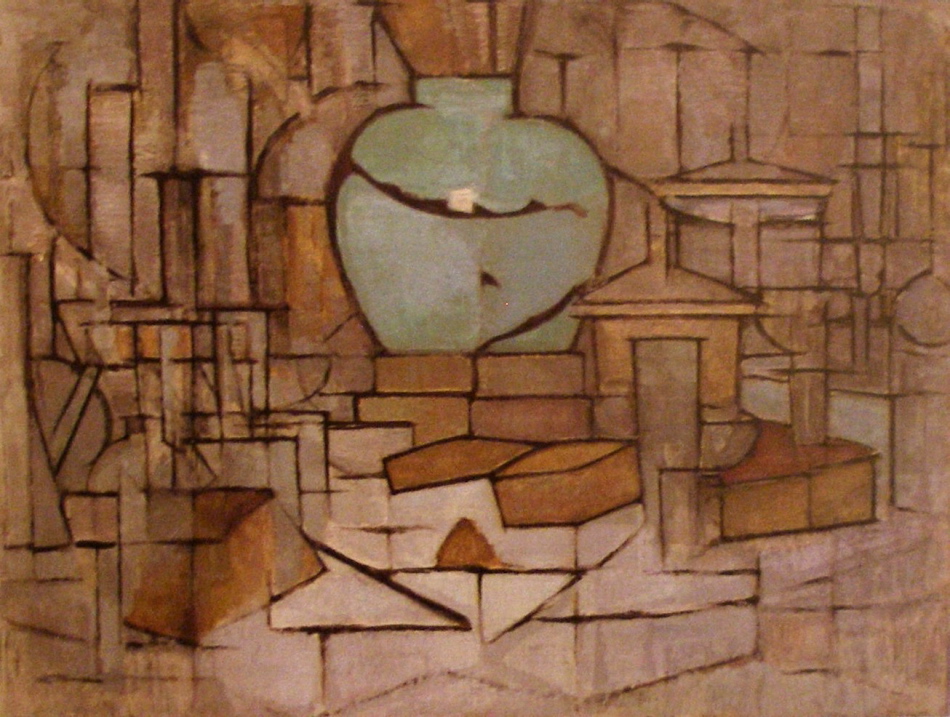This homage to Cézanne’s magnificent Bather compositions is a beautiful move towards more abstract considerations.
Matisse immediately engages us with the figures and tortoise by simplifying (abstracting) the background. Their oval motifs and positioning create beautifully considered oval site paths.
If we begin with the tortoise our eye carries up the arm of the crouching figure to the orange of her hair. We then move to the black oval of the standing figure’s hair which in turn leads to the black in the hair of the seated figure. The oval feel of the third figure guides us downward along the direction of her feet returning us to the tortoise. If you follow this path in either direction your finger will be drawing an oval.
There are others. From the tortoise to the angle of the seated feet, connecting to the curve of her back and head taking us to the oval in the standing figure. We then move towards the orange, bringing us back to the tortoise. If your eye path takes you from the tortoise to the exaggerated foot of the standing figure up the contour of her back you will continue towards the orange and return to the focus of the tortoise. They are not intended to be apparent. You will sense rather than see them.
Reducing the background to three bands was a bold move in 1908, and by doing this Matisse holds our attention on the relationships of the figures and tortoise. Any detail in the background would only disrupt their rhythmic integration.
He masterfully provides a shift on the bottom edge of the blue band behind the standing figure. Can you feel the sense of depth this creates? The edge then moves downward at the right edge of the painting, enhancing the oval motif.
The emphasis of the length of the central figure’s left foot ensures the importance of the tortoise. The weight of the seated figures feet sensitively anchors the composition by almost touching the bottom edge of the painting.
I must point out the how Matisse supported the seated figure with a simple dark green shape. I have come to appreciate the sophistication of the reductive process.
This is a great painting, leading the way towards the marvellous considerations in twentieth century art.

